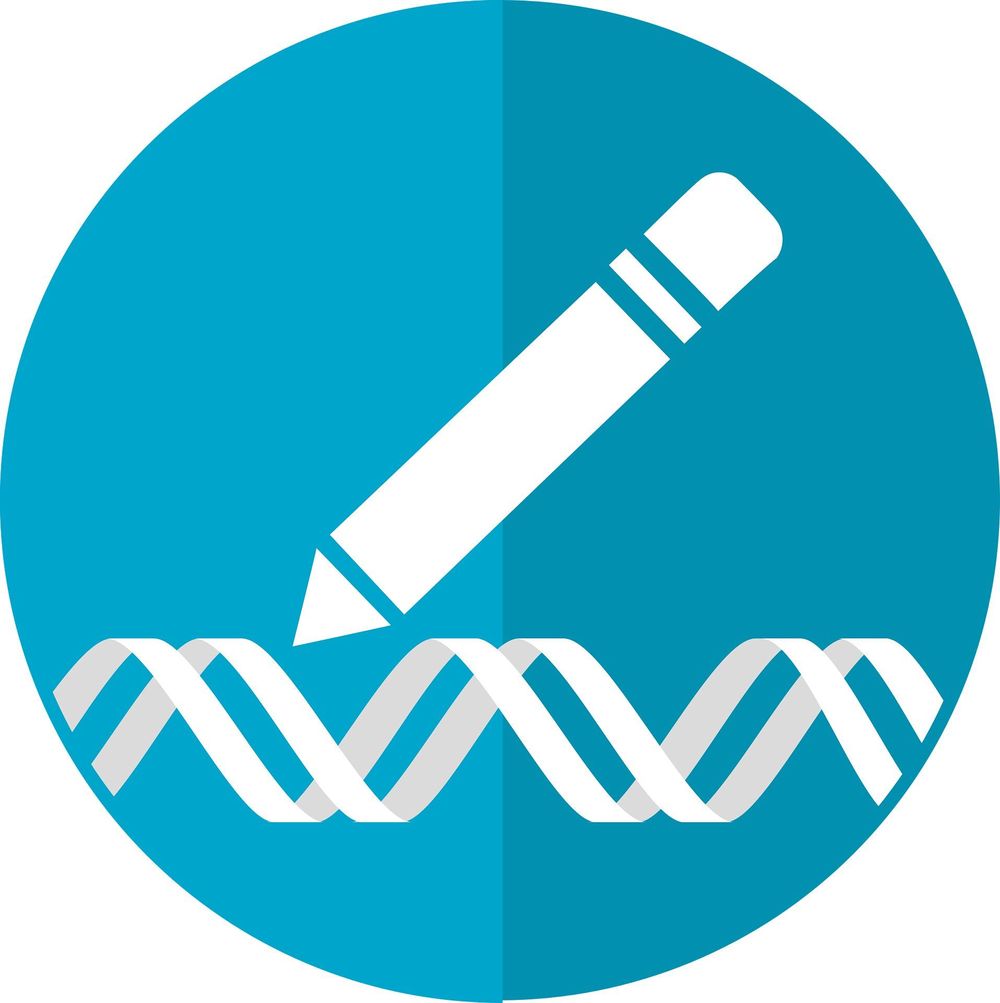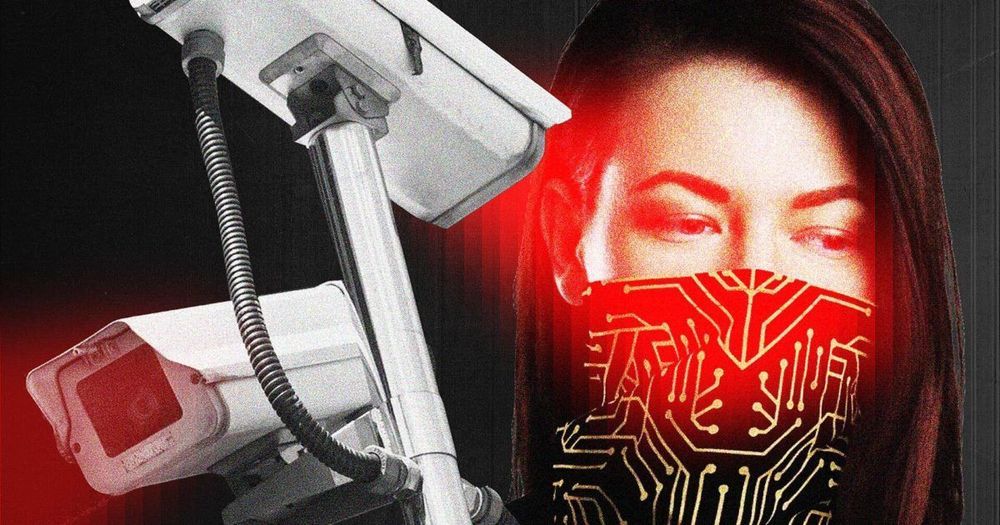Sneaky Cybertruck
According to the video, the vehicle could be especially well suited for recon or scouting missions, thanks to its quiet electric drivetrain. A surveillance drone could be launched from the truck bed as well.
Sneaky Cybertruck
According to the video, the vehicle could be especially well suited for recon or scouting missions, thanks to its quiet electric drivetrain. A surveillance drone could be launched from the truck bed as well.
U.S. Military Soldiers conduct training on the Common Remotely Operated Weapon Station (CROWS).
CROWS is a stabilized mount that contains a sensor suite and fire control software, allowing on-the-move target acquisition and first-burst target engagement. CROWS also features programmable target reference points for multiple locations, programmable sector surveillance scanning, automatic target ballistic lead, automatic target tracking, and programmable no-fire zones.
Future enhancements include integration of other weapons, escalation-of-force systems, sniper detection, integrated 360-degree situational awareness, increased weapon elevation and commander’s display.
CROWS allows the warfighter to remotely engage targets with precision fire while on the move or stationary to the maximum effective range of the weapon. Capable of target engagement under day and night conditions, the CROWS sensor suite includes a daytime video camera, thermal camera and laser rangefinder. CROWS is designed to mount on any tactical vehicle and supports the MK19 Grenade Machine Gun, M2 .50 Caliber Machine Gun, M240B Machine Gun and M249 Squad Automatic Weapon. (Source: http://asc.army.mil/web/portfolio-item/common-remotely-opera…ion-crows/)
AiirSource Military covers events and missions from the United States Armed Forces. Visit our channel for more military videos:
https://www.youtube.com/AiirSource
Subscribe and turn on the notification bell to stay updated:

Interesting articles on theranostic iron nanowires. I’m interested in watching all aspects of development of nanobots, because I think it may lead to new forms of treatments for superlongevity and superintelligence.
Phys.org: Iron nanorobots go undercover to do surveillance on living cells in real time:
https://phys.org/…/2020–05-iron-nanorobots-undercover-surve…
Identifying the precise location of cells and their migration dynamics is of utmost importance for achieving the therapeutic potential of cells after implantation into a host. Magnetic resonance imaging is a suitable, non-invasive technique for cell monitoring when used in combination with contrast agents.
This work shows that nanowires with an iron core and an iron oxide shell are excellent materials for this application, due to their customizable magnetic properties and biocompatibility. The longitudinal and transverse magnetic relaxivities of the core–shell nanowires were evaluated at 1.5 T, revealing a high performance as T2 contrast agents. Different levels of oxidation and various surface coatings were tested at 7 T. Their effects on the T2 contrast were reflected in the tailored transverse relaxivities. Finally, the detection of nanowire-labeled breast cancer cells was demonstrated in T2-weighted images of cells implanted in both, in vitro in tissue-mimicking phantoms and in vivo in mouse brain. Labeling the cells with a nanowire concentration of 0.8 μg of Fe/mL allowed the detection of 25 cells/µL in vitro, diminishing the possibility of side effects.

In an effort to create first-of-kind microelectronic devices that connect with biological systems, University of Maryland (UMD) researchers are utilizing CRISPR technology in a novel way to electronically turn “on” and “off” several genes simultaneously. Their technique, published in Nature Communications, has the potential to further bridge the gap between the electronic and biological worlds, paving the way for new wearable and “smart” devices.
“Faced with the COVID-19 pandemic, we now have an even deeper understanding of how ‘smart’ devices could benefit the general population,” said William E. Bentley, professor in UMD’s Fischell Department of Bioengineering and Institute for Bioscience and Biotechnology Research (IBBR), and director of the Robert E. Fischell Institute for Biomedical Devices. “Imagine what the world would be like if we could wear a device and access an app on our smartphone capable of detecting whether the wearer has the active virus, generated immunity, or has not been infected. We don’t have this yet, but it is increasingly clear that a suite of technologies enabling rapid transfer of information between biology and electronics is needed to make this a reality.”
With such a device, this information could be used, for example, to dynamically and autonomously conduct effective contact tracing, Bentley said.

The contracting giant will provide the JAIC with “data labeling, data management, data conditioning, AI product development, and the transition of AI products into new and existing fielded programs,” according to the GSA news release.
“The delivered AI products will leverage the power of DoD data to enable a transformational shift across the Department that will give the U.S. a definitive information advantage to prepare for future warfare operations,” the release said.
The contract will support the JAIC’s new joint warfighting mission initiative, launched earlier this year. The initiative includes “Joint All-Domain Command and Control; autonomous ground reconnaissance and surveillance; accelerated sensor-to-shooter timelines; operations center workflows; and deliberate and dynamic targeting solutions,” said JAIC spokesperson Arlo Abrahamson told C4ISRNET in January.

In a major blow to citizens’ privacy, the US Senate voted today to give law enforcement agencies such as the FBI and CIA the power to look into your browser history without a warrant. Thanks, Mitch McConnell.
Senators Ron Wyden from Oregan and Senator Steve Daines of Montana led the charge to insert privacy protections into the Patriot Act, which gives law enforcement agencies power for surveillance in order to maintain national security. However, the privacy protection amendment fell short by just one vote, as many senators who may have voted in favor of it didn’t show up.

Almost three months after arriving in Guam, a pair of MQ-4C Triton autonomous, unmanned aircraft have integrated into fleet operations and training flights and stretched the Navy’s maritime domain awareness across the Indo-Pacific, according to the Navy.
The Navy is counting on the Triton, which can operate at greater than 50,000-foot altitudes and at the 2,000-mile-plus range, to provide an unmanned platform for persistent, maritime intelligence, surveillance, and reconnaissance capabilities and work alongside its manned fleet of reconnaissance and surveillance patrol aircraft. The Tritons with Unmanned Patrol Squadron 19 – the Navy’s first unmanned aircraft squadron – arrived in Guam in late January to support CTF-72, which oversees the patrol, reconnaissance and surveillance force in the U.S. 7th Fleet region.
“Bringing Triton forward creates a complex problem set for our adversaries,” Cmdr. Michael Minervini, VUP-19’s commanding officer, said in a statement. “Our ability to provide persistent ISR to fleet and combatant commanders is unmatched in naval aviation.”


Reason has done a great video and article on AI facial recognition, surveillance, etc, and combined it with fashion ideas. It’s created by Zach Weissmueller and Justin Monticello. My interview (as well as others) show up throughout the 11 min video. This is really important watching for the coming future:
Privacy activists say we should be alarmed by the rise of automated facial recognition surveillance. Transhumanist Zoltan Istvan says it’s time to embrace the end of privacy as we know it.

Lockheed Martin’s Advanced Development Programs, known as Skunk Works, has demonstrated an artificial intelligence-powered intelligence, surveillance and reconnaissance (ISR) pod autonomously searching out and confirming a target.
The demonstration was conducted at Edwards Air Force Base in California using an ISR pod mounted on a Lockheed Martin F-16 fighter, says the company on 8 May. The demonstration was conducted in Air Force Test Pilot School.